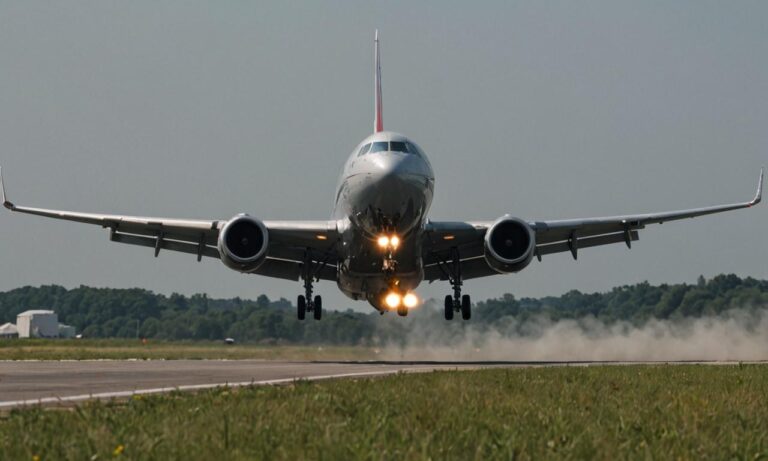In aviation, aircraft marshalling signals are visual communication cues used by ground personnel to direct pilots during taxiing, parking, and other ground maneuvers. These signals play a crucial role in ensuring safe and efficient operations on the ground, especially in busy airport environments.
Understanding Aircraft Marshalling Signals
The primary purpose of aircraft marshalling signals is to convey instructions to pilots when verbal communication is not possible or practical. This can occur due to distance, engine noise, or radio communication failures. Ground personnel, often trained and certified marshals, use a standardized set of hand signals to communicate with pilots.
Types of Marshalling Signals
Marshalling signals typically include a combination of arm and hand movements, along with the use of bright-colored flags or lighted wands for enhanced visibility, especially during low-light conditions. Some common marshalling signals include:
- Approach Signal: Indicating to the pilot to approach the marshaller’s position.
- Stop Signal: Instructing the pilot to halt all movement.
- Turn Signals: Signaling the pilot to turn left or right.
- Brake Signals: Advising the pilot to apply or release brakes.
- Engine Shutdown Signal: Instructing the pilot to shut down the aircraft’s engines.
Importance of Marshalling Signals
Aircraft marshalling signals are vital for several reasons:
- Safety: They help prevent collisions and other ground incidents by guiding aircraft along designated paths.
- Efficiency: Marshalling signals facilitate smooth and timely movement of aircraft, reducing taxiing times and overall ground congestion.
- Clear Communication: In situations where radio communication is compromised, marshalling signals provide a reliable means of communication between ground personnel and pilots.
- Standardization: The use of standardized signals ensures consistency across different airports and improves overall operational efficiency.
Training and Certification
Individuals responsible for marshalling aircraft undergo specialized training to learn the proper techniques and signals. Training programs cover topics such as signal recognition, safety protocols, and effective communication. Upon completion of training, marshals may receive certification from relevant aviation authorities.
Aircraft marshalling signals are an essential aspect of ground operations in aviation. By providing clear and concise instructions to pilots, they contribute to the safety, efficiency, and smooth flow of aircraft movement on the ground. Ground personnel trained in marshalling signals play a crucial role in ensuring the integrity of ground operations at airports worldwide.
Common Misunderstandings
Despite the standardized nature of aircraft marshalling signals, there are occasional misunderstandings or misinterpretations that can occur, leading to potentially dangerous situations. Some common misunderstandings include:
- Signal Ambiguity: In certain lighting conditions or from certain angles, signals may be misinterpreted by pilots, leading to incorrect maneuvers.
- Language Barriers: In international airports, language barriers between ground personnel and pilots can sometimes lead to miscommunication.
- Human Error: Like any other aspect of aviation, human error can occasionally lead to mistakes in signaling or understanding signals.
Additional Safety Measures
While aircraft marshalling signals are crucial, they are often supplemented by additional safety measures to enhance ground operations. These measures may include:
- Use of Ground Markings: Clearly defined taxiways, runway markings, and signage help guide pilots even in the absence of marshalling signals.
- Backup Communication Systems: Ground personnel may have backup communication devices or procedures in place to communicate with pilots in case of signal failure.
- Technology Integration: Advancements in technology, such as automated guidance systems or augmented reality displays, can supplement or enhance traditional marshalling signals.
Frequently Asked Questions
| Question | Answer |
|---|---|
| Are marshalling signals the same worldwide? | While there is a standardized set of signals, there may be slight variations or regional differences in implementation. |
| What happens if a pilot doesn’t understand a signal? | In such cases, pilots are trained to communicate their confusion or hesitation to ground personnel, who can then clarify or provide alternative instructions. |
| Can marshalling signals be used in all weather conditions? | While efforts are made to ensure visibility in various conditions, extreme weather like heavy fog or snow may limit the effectiveness of marshalling signals. |






